 | | | 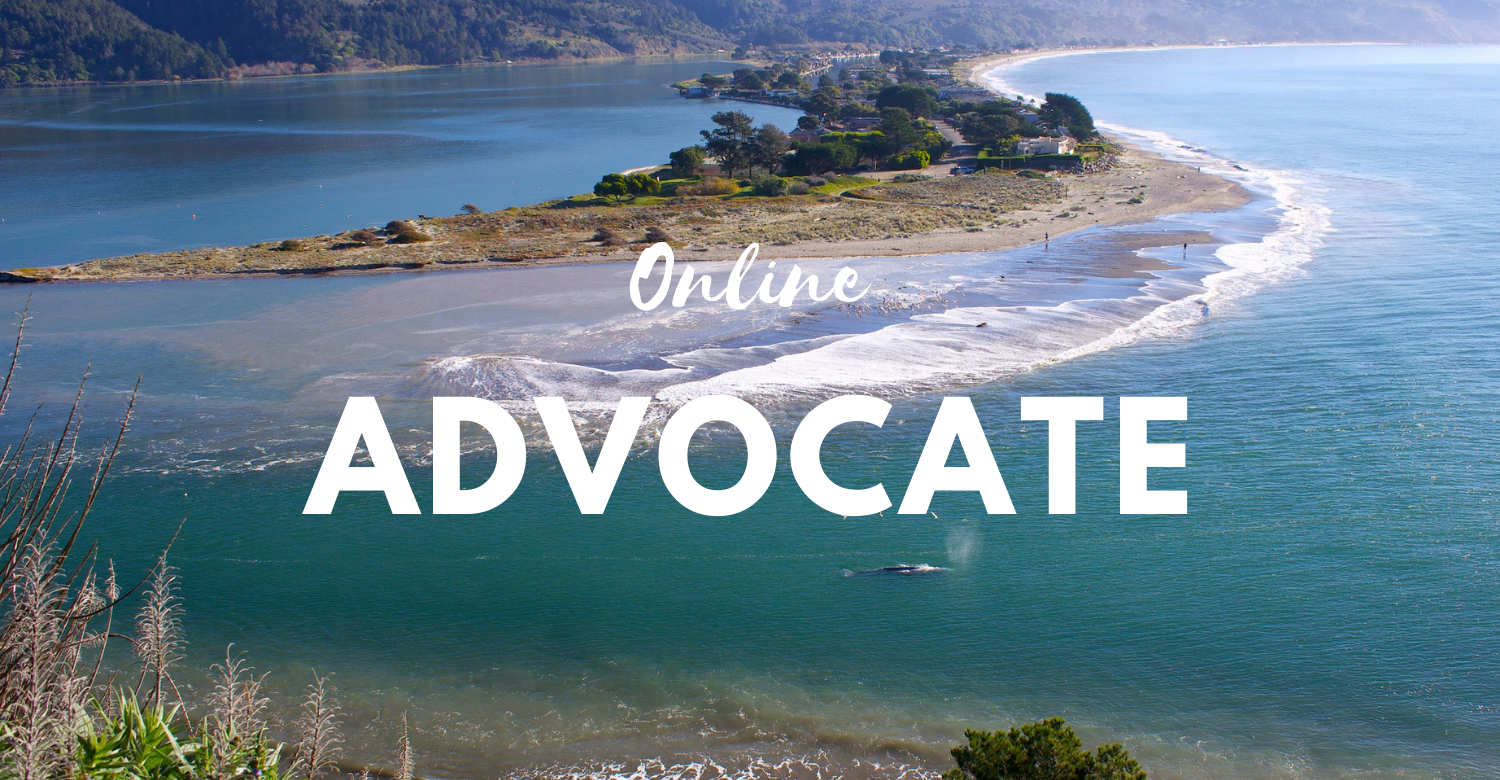 | January 3, 2022, Grey Whale leaving Bolinas Lagoon
Photographed by Alli Smith | | | | Greetings Friend, I hope this email finds you and your family in good health. For the first email of the year, I am happy to report, thanks to our community of supporters, we exceeded our fundraising goals for last year! In addition, our 50th Anniversary Matching Campaign also raised more than $100,000 towards investments for EAC’s future! I am always so thankful to our community of supporters who have made the last 50 years our work possible. I am also happy to share our planned program focal areas for 2022. I say “planned” because being an environmental watchdog for coastal Marin County, there are always new challenges that arise throughout the year that we need to squeeze in: - Planning for our Future: Advocating for sustainable communities including our Local Coastal Program hazards amendment, reviewing the County Housing Element that seeks to add 3,569 housing units to unincorporated Marin County, promoting responsible wildfire vegetation management, and engaging on climate resilience and adaptation policies and planning.
- Protecting Public Lands: Continuing our engagement on the Point Reyes National Seashore’s General Management Plan and acting as an environmental watchdog for our public lands in coastal Marin County to ensure habitat protections.
- Ensuring Resilient Watersheds: Promoting healthy freshwater systems, supporting conservation and drought resiliency, and protecting riparian biodiversity.
- Safeguarding our Coast and Ocean: Advocating for California’s network of Marine Protected Areas, ensuring a Healthy Tomales Bay by monitoring fisheries and aquaculture development, collecting community science data on human activities through our MPA Watch Program, and launching our Duxbury Docent program to provide education to visitors to protect the reef from trampling and poaching activities.
- Conserving Coastal Biodiversity: Protecting local biodiversity including breeding and migratory habitats for species, supporting 30x30, and working to keep our communities free of toxins and pollution.
- Community Advocacy and Education: Reducing visitor impacts (trash and pollution), quarterly educational pop-up displays at our office in Point Reyes Station, expanding Litter Bugs Me roadside clean up throughout the year, bringing back the field events for the 2022 Point Reyes Birding & Nature Festival, and hosting workshops focused on the pressing environmental issues facing our communities.
- Fostering Future Environmental Advocates: Creating pathways for high school and college students to work as legal, policy, and coastal advocate interns with our team in the spring, summer, and fall.
As we do our work to protect the lands, waters, and biodiversity we all love in coastal Marin, we are always taking into consideration the impacts of our changing climate. This is the overarching threat that is interconnected throughout all of our work. Thank you for making our work possible! We really could not do it without your support. In gratitude, | | 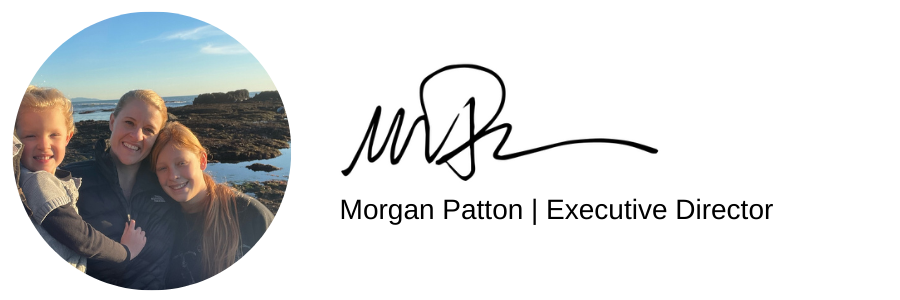 | P.S. If you are looking for volunteer opportunities, we need help with the upcoming Birding & Nature Festival, we need helpers at our office exhibits on Fridays and Saturdays, and we are looking for folks to join our lands and waters committees. Contact me if you are interested in deepening your relationship with EAC. | | | MISSION To protect and sustain the unique lands, waters, and biodiversity of West Marin.
We achieve this goal through advocacy, education and engagement opportunities. VISION Our work strives to provide long-term protection and conservation of the unique ecosystems and rural communities of West Marin, and serves as a foundation of environmental protection for future generations. | | | | | | | | POLICY CORNER We have some good news to report for the California Governor’s Fiscal Year 2022-23 budget proposal. It accomplishes what EAC and other NGOs requested last year related to biodiversity! There will be a significant funding increase for the Biodiversity Resilience Package including funding for protecting California’s endangered species and to address much needed infrastructure improvements throughout the State. An additional letter of support to the budget subcommittee is currently being drafted. Read the August 2021 Letter | | 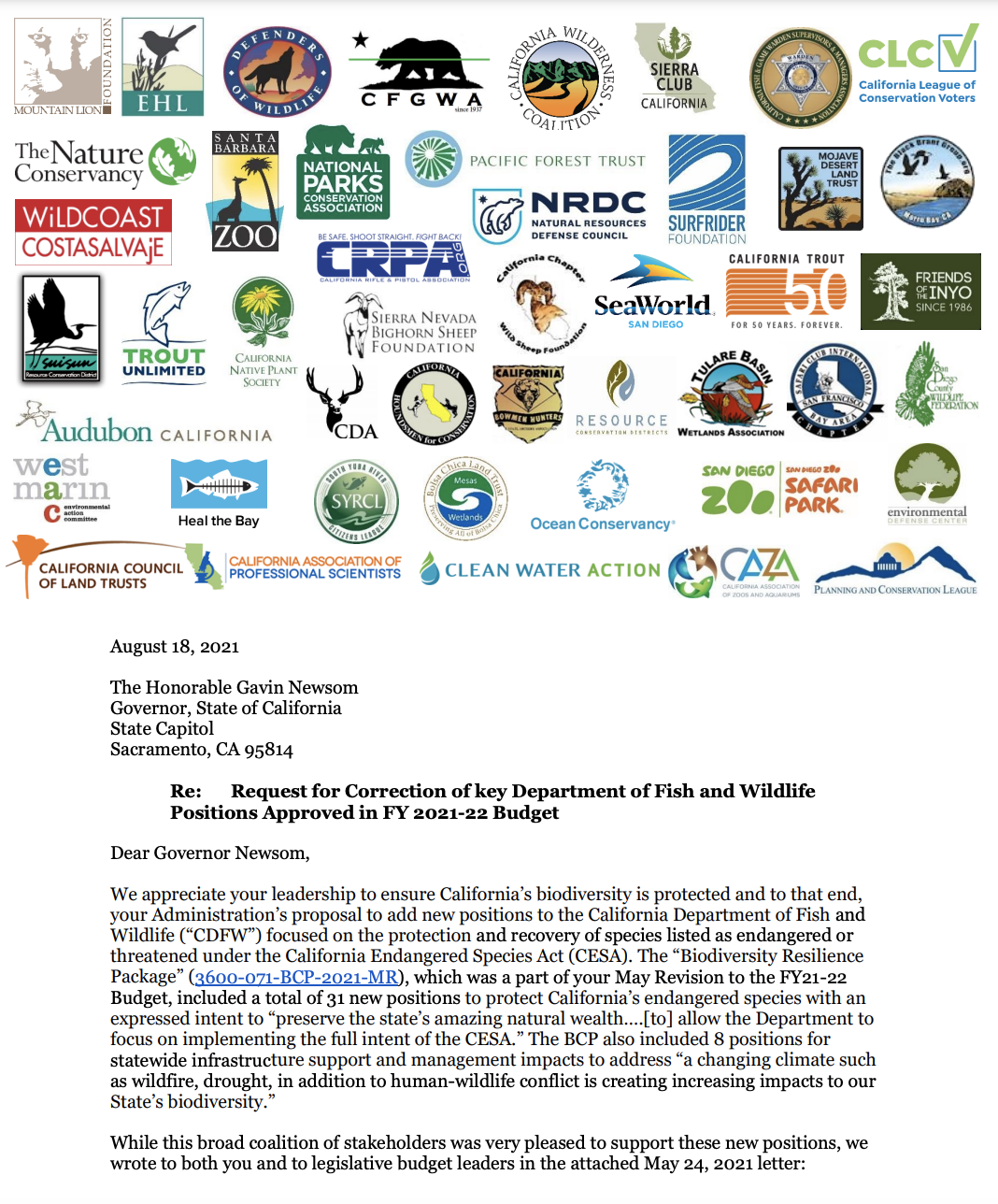 | | | | | Standard Oil Spill: Action & the Inspiration for EAC
Morgan Patton We are excited to report we are officially celebrating our 50th anniversary! We delayed the celebrations last year due to the pandemic. Since the pandemic still places a lot of uncertainty on planning events, we are adapting our celebrations to take place over the course of the year celebrating the places that we all love so much in West Marin. Our first in-person events will kick off with the Birding and Nature Festival in April and other celebrations to come throughout the year. Stay tuned! This month, we are happy to share a little about EAC’s founding in January 1971, thanks to our historic records and our volunteers, interns, and board members who have been doing research on EAC’s history. EAC's founding links back to that bleak day on January 18, 1971 when more than 800,000 gallons of crude oil spilled under the Golden Gate Bridge creating an environmental disaster along San Francisco and Marin County beaches. Continue Reading to learn about EAC's Founding and our First Campaigns
Check Out 1971 - 1979 Newsletter Archive
Donate to EAC's 50th Fund! | | | |  | Coastal Act Preserved: AB 303 Pulled
Ashley Eagle-Gibbs We have good news to report! Through our efforts in coordinating a statewide aquaculture coalition of coastal groups, we successfully organized a strategy and succeeded in having the Assembly Natural Resources Committee’s January hearing for California Assembly Bill (AB) 303 (Aquaculture: mariculture production and restoration: pilot program) canceled at the request of the bill author. This problematic bill threatened the California Coastal Act’s authority to regulate aquaculture (like the cultivation of shellfish) by exempting the California Coastal Commission’s oversight over 5 large pilot project areas in the state. The Coastal Commission, charged with enforcing the California Coastal Act and with specific authority to regulate aquaculture as coastal development, has proven to be a very systematic, fair, and strong regulator of the aquaculture industry. AB 303 proposed to open up a minimum of 3.86 square miles (or 2,471 acres) of California’s oceans and estuaries to aquaculture projects without adequate oversight. Leading up to the Assembly Natural Resources Committee hearing, we spoke before the Coastal Commission and, voiced our opposition to the bill and supported the Commission staff’s recommendation for the Coastal Commission to formally oppose the bill. “Removing the Commission's authority to regulate development in the coastal zone subverts the citizens of California who voted to protect our priceless coastal resources with the creation of the Coastal Act and this commission. We wholeheartedly support the staff recommendation to oppose this bill.” - Ashley Eagle-Gibbs, Legal and Policy Director before the California Coastal Commission. The Commission unanimously voted to oppose the bill. As part of our Healthy Tomales Bay campaign, EAC remains engaged with our partners to fight bills like this one, which threaten the Coastal Commission and our state’s coastal waters. Continue Reading... | | | 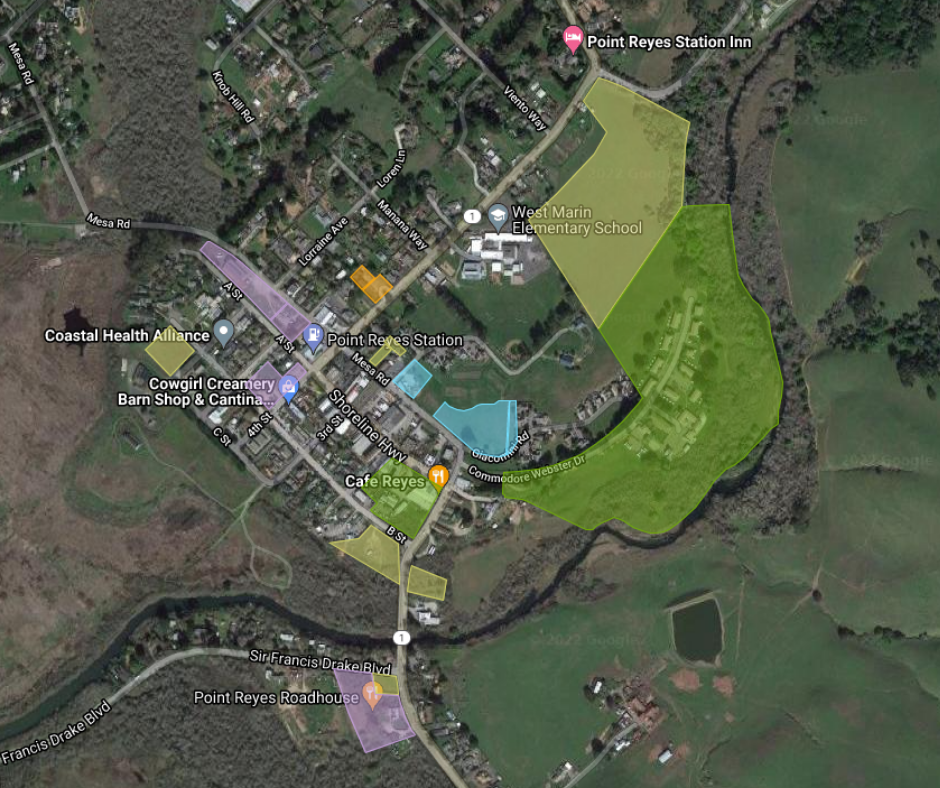 | ACTION! 3K New Homes Proposed for Unincorporated Marin
Morgan Patton In case you missed a very important public meeting hosted by the Community Development Agency (CDA) on January 20th, we are providing an update and strongly encourage community members to participate in these planning processes in the coming months. EAC will be focusing our team to attend these meetings, share updates, and action alerts before public meetings. The January 20th focused on the California Regional Housing Needs Allocation or RHNA. The RHNA requires jurisdictions to update the housing elements in community plans every eight years. The RHNA for 2023 to 2031 requires 441,176 new housing units in the Bay Area. With 14,210 of those units being constructed in Marin County. In unincorporated Marin County, there is a requirement to build 3,569 new houses. This is a huge increase when compared to the last three RHNA cycles. The last RHNA cycle for 2015-2022 required planning for 185 units for unincorporated Marin County. The County has a deadline of December 2022 to complete their planning for the new units and submit for approval. In 2023, the County will undertake environmental review and actions to change zoning, etc. to make the implementation of the plan possible. Leading up to this deadline, the CDA will be holding informational meetings and providing updates to the Planning Commission and Board of Supervisors. Last year, the CDA received guidance to help shape the analysis and selection of housing sites, including: 1) Countywide distribution, 2) address racial equity and historic patterns of segregation, 3) encourage infill and redevelopment opportunities, and 4) consider environmental hazards (like flooding, sea level rise, wildfire, etc.). This guidance has been folded into a series of maps that have been released for public review. These maps outline the potential parcels that could be considered for development in this scoping phase. The County is looking at a broad range of possibilities, including: vacant lots, counting ADUs (that have not been approved or submitted yet), public lands, up-zoning (increasing density that may translate to rezoning A-60 areas or allowing for mixed use in commercial areas), religious institutions’ parking areas, undeveloped land, and school sites (surplus areas that are unused by schools or new uses at existing schools). Continue Reading, Access Maps, and Learn How to Take Action... | | | | 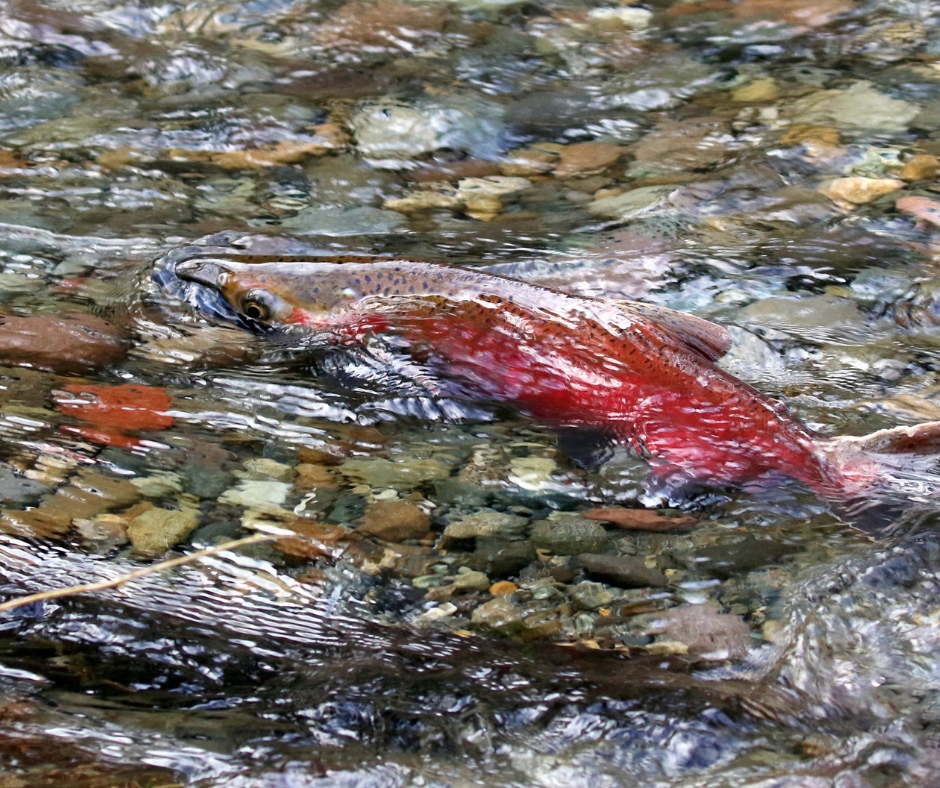 | Water Flowing & Salmon are Spawning
Ashley Eagle-Gibbs We hope you have already heard the good news that salmon have been spawning throughout West Marin! Maybe you have even been out to see the salmon in a nearby creek or taken a creek walk tour with our friends at SPAWN? In the midst of our continuing drought, we are relieved that we got enough rain to allow our beloved and threatened salmon to migrate up our creeks this winter. In fact, they have been seen in new tributaries, with above-average redd (coho egg nest) counts, and with some larger fish than normal! Marin County has the largest population of Central Coast endangered coho salmon from Monterey Bay to the Sonoma-Mendocino county line. While the news is very encouraging, the numbers are still below the federal species recovery target. In the fall, EAC advocated to oppose a temporary urgency change petition (TUCP) by Marin Water (Marin Municipal Water District) to change the timing and reduce the amount of water returned to the creek to support the endangered coho salmon. We were concerned that this change could further harm the threatened fish with uncertain rainfall predictions in the middle of one of the worst droughts in Marin County’s recorded history. While the TUCP order was ultimately issued last year (albeit with strong environmental conditions); there is good news related to the salmon, reservoir levels, and the TUCP order to report. Terence Carroll, EAC Board Member, who sits on the Lagunitas Technical Advisory Committee as EAC’s representative, shared this report: The reservoirs are collectively at 94% of capacity. All the Mt Tam reservoirs are full, and Kent Lake started spilling over on January 1st. There are fish present in many places. Marin Water has returned to normal operations as far as regulating flows in Lagunitas Creek and has committed to maintain normal operations for the remainder of 2022. While the TUCP order is technically still in effect, it is of no consequence at this point. Marin Water is still technically required to do the monitoring specified under the order, but creek flows are too high for them to do the required monitoring. Once the flows go down, they will start the monitoring and measurements again. EAC will be closely monitoring the issue and advocating for continued water conservation, as Marin’s drought is not over even though it may feel like it. Continue Reading... | | | 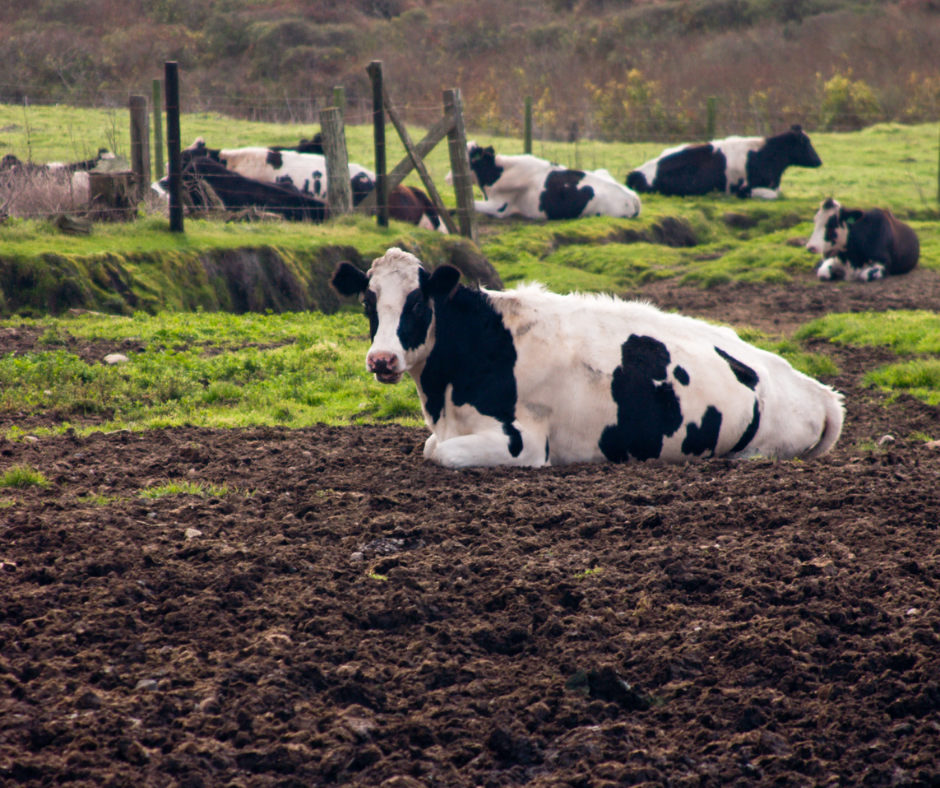 | Seashore Legal Challenges to GMPA Implementation & Elk Management
Morgan Patton New year, and new developments for the Point Reyes National Seashore to report and keep our community up to date. In December, the Seashore released the tule elk population counts for the Tomales Point Tule Elk Reserve with a final 2021 count of 221 elk. This is a decrease from the 2020 count of 293 elk. In the same press release announcing the annual herd count size, the Seashore also announced they will undertake a new management plan for Tomales Point to begin by March 31, 2022. This announcement complicates the June 2021 lawsuit filed by the Harvard Law School’s Animal Law and Policy Clinic for the Seashore to enact plans to ensure the elk in the Reserve have access to food and water. Last week, as reported by the Point Reyes Light, the United States attorney office responded to the lawsuit, arguing that the lawsuit’s connection to the 2021 General Management Plan Amendment (GMPA) was wrong, and that the grievance is directly related to the 1998 Elk Plan, which is being addressed by the Seashore in the coming months. In January, a new lawsuit was filed by Resources Renewal Institute, Center for Biological Diversity, and Western Watersheds seeking for the GMPA and Record of Decision to be reversed, set aside, and vacated. The complaint seeks relief in three areas: 1) Violation of Point Reyes Act and Administrative Procedures Act as the GMPA is inconsistent: prioritized protection of historic dairy districts above protection of the natural environment and recreational uses; prioritized private and commercial needs above public recreation, benefit, and inspiration (the overarching purposes of the Act); and determined that ranching remains an appropriate use of the Seashore based on an erroneous interpretation of the Point Reyes Act. 2) Violation of Organic Act and Regulations that require the National Park Service (NPS) to regulate use of the Seashore and Golden Gate National Recreation Area for public enjoyment of scenery, natural and historic objects, wildlife, and to leave such resources unimpaired for the enjoyment of future generations – prohibiting uses that cause unacceptable impacts. Arguing that livestock grazing is appropriate when the use is not detrimental to the primary purpose for which the park was created and citing the NPS management policies that commercial grazing will be phased out whenever possible... Continue Reading for details on the lawsuit... | | | | | | 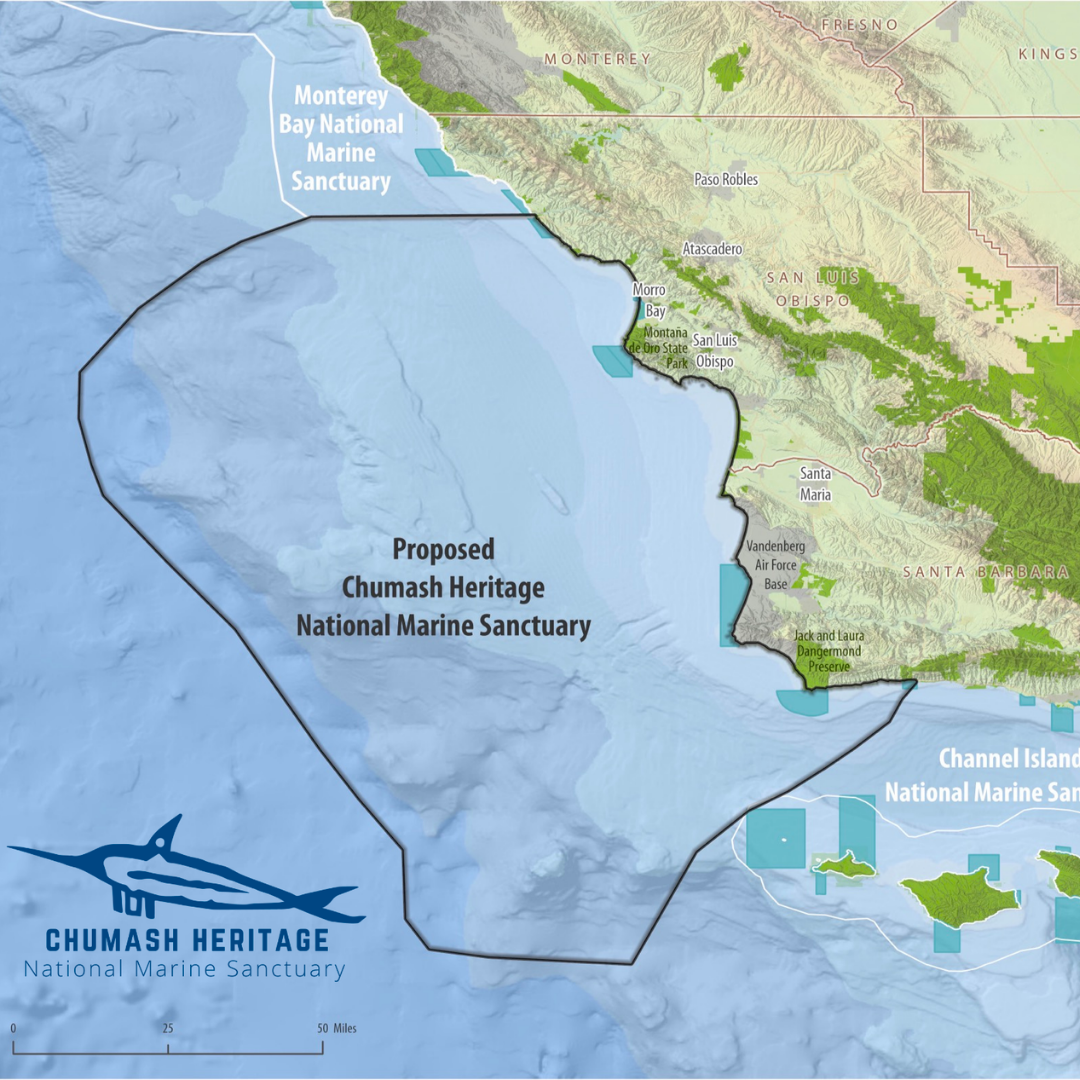 | Support the Designation of the Proposed Chumash Heritage National Marine Sanctuary NOAA is considering the designation of a new national marine sanctuary off the coast of California, the Chumash Heritage National Marine Sanctuary. This is a very important step forward for coastal resource protection and for the recognition of Indigenous-led efforts to protect sacred places & ancestral homelands. Send your support by January 31, 2022!
Submit your comments and learn more! | | | 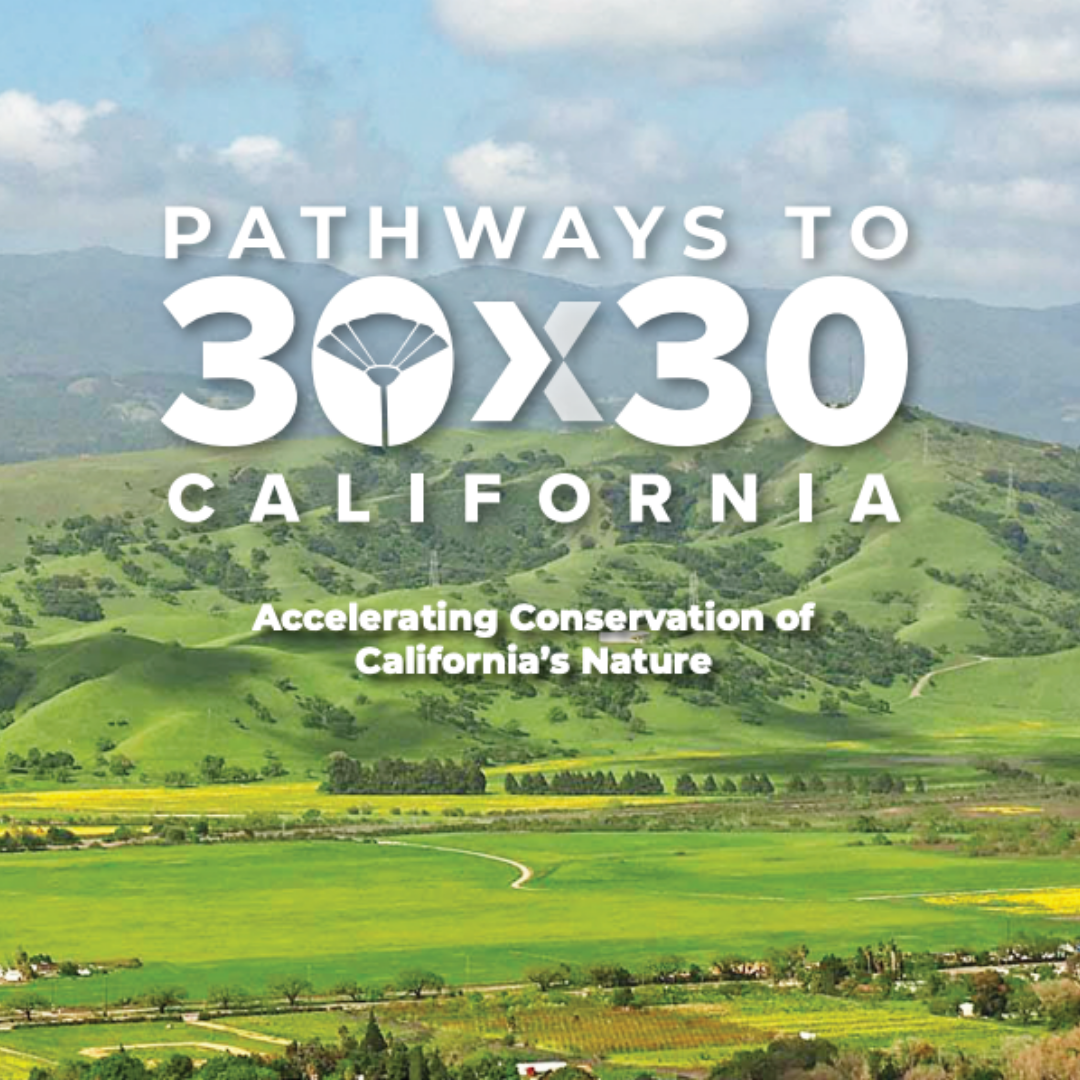 | Comment on California's Draft Pathways Document for the 30x30 California has set a goal to conserve 30% of its land and water by 2030. The California Natural Resources Agency has released the first planning document (Pathways) and is accepting public comments through February 15, 2022. Read the document and consider submitting your comments. It is important that this process is science-based and includes a strong definition of what conserve means. There will also be a public meeting on February 1, 2022, when you can comment via online public meeting. Register for 2/1 public meeting. | | |  | Visit our comprehensive community resources pages! Our online community resources are designed for visitors and residents to find information that is usually spread across multiple agency websites. - Know Before You Go
- Visitor Stewardship
- Local Pollution Resources and Reporting Spills and Violations
- Proper Waste Disposal for Unincorporated Marin
- Clean Air and Water Resources
- Fishing, Hunting, and Foraging Information and How to Report Poaching
- Building and Development Resources
- Public Bathroom Map!
| | | | | | 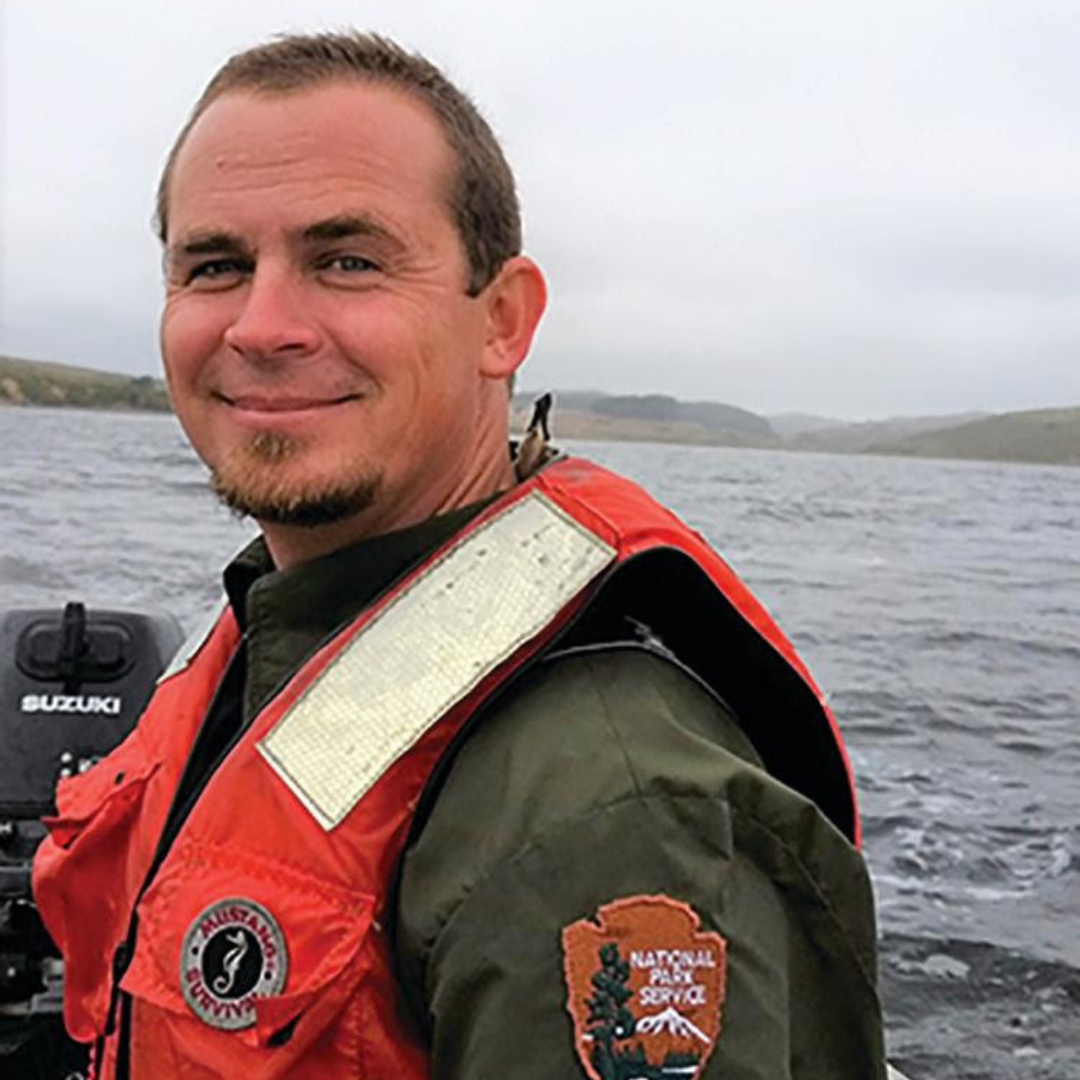 | Post-aquaculture Estuarine Restoration and Eelgrass Recovery in Drakes Estero with Dr. Ben Becker Tuesday, February 2, 2022
3:30 PM Between August 2016 and May 2017, the National Park Service (NPS) removed 95 wooden oyster racks and associated mariculture debris from Drakes Estero, a shallow estuary within Point Reyes National Seashore. A total of 3.8 million pounds of debris was removed from the estero, with the majority including shell, pressure treated wood, and plastic debris from the estero floor where it precluded the growth of eelgrass. Learn more on February 2nd at 3:30 pm on Zoom. Register Rosenberg Institute Spring Seminar Series Schedule | | | 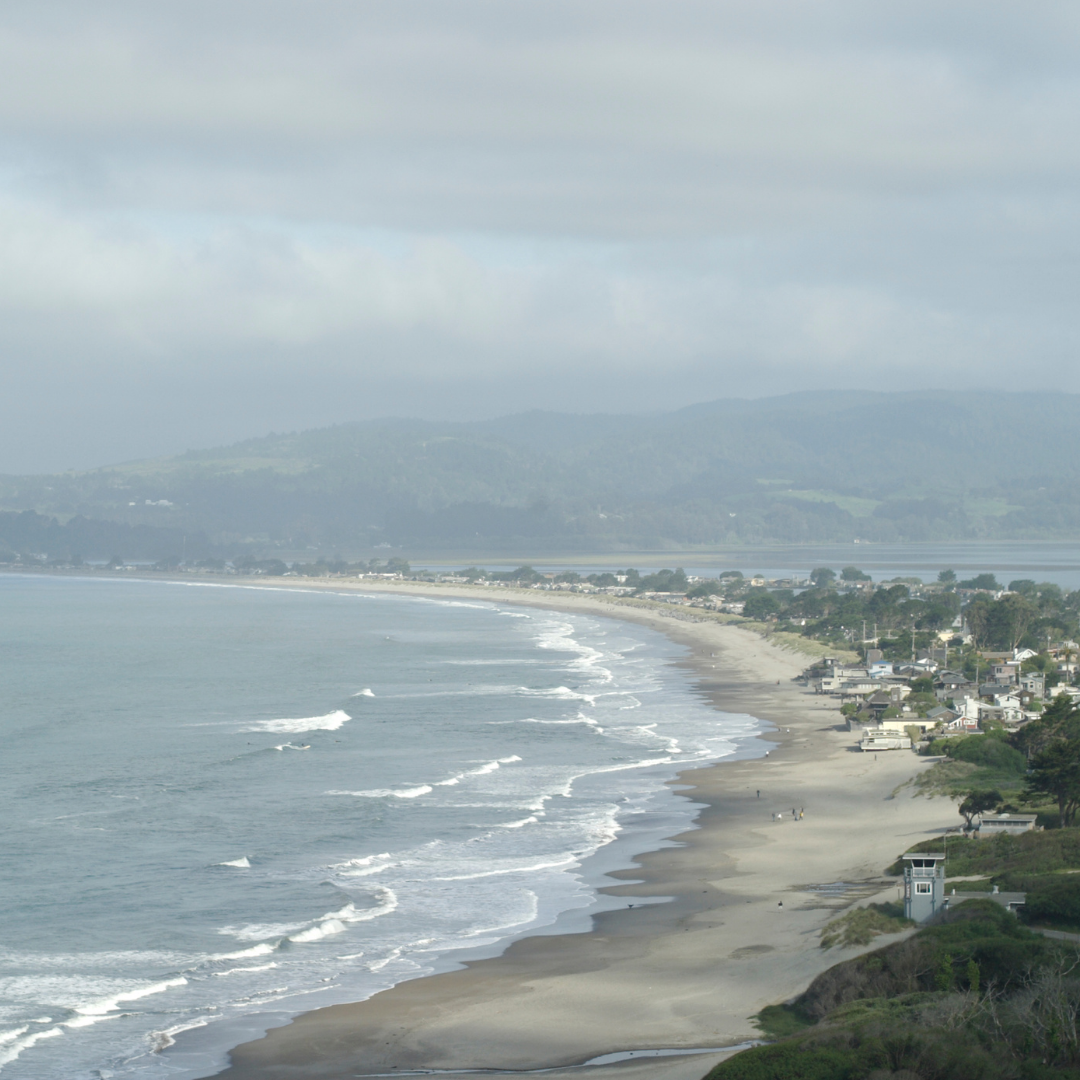 | County of Marin Sea Level Rise Planning in Coastal Marin Marin County recently released two feasibility studies for West Marin - 1) Tomales Bay Living Shoreline project report and 2) Stinson Beach Nature-Based Adaptation Feasibility Study. Read the final reports and watch back the public meetings. The recent Tomales Bay Living Shoreline public meeting will be posted soon. EAC participates in review of these reports as a member of the county-organized Coastal Communities Working Group. Learn More | | |  | Climate Center Webinar: Investing in Workers for a World Beyond Fossil Fuels Thursday, February 24, 2022
10:00 AM As we move towards a cleaner and more equitable future, we need to ensure that workers who make a living extracting and refining oil and gas, and maintaining the aging fuel and transportation infrastructure, are able to continue to support their families and communities. We will hear from labor leaders and economists about what investments are needed to protect workers as we phase out fracking and oil extraction in California. Register | | | | | | EAC Kids Morgan Patton, EAC Executive Director, and Claire Seda, EAC Board Member, have two 12 year old daughters, Reese and Viola, who are concerned about environmental issues in our community. We wanted to share two projects by the girls with our community: In 2018, the girls launched a youth against single use plastics campaign reaching out to local businesses and elected leaders to reduce single-use plastics. The kids were thrilled in September 2019 when the Board of Supervisors started the process to require compostable foodware. Those plans were placed on hold due to the pandemic. This spring the foodware ordinance will be considered by the County. The girls are working on some outreach to support the upcoming effort. Learn about the foodware ordinance here. This week, you can find another endeavor of the girls while you drive around West Marin, some love for breeding skunks. The girls spent last weekend painting signs to remind drivers to slow down for skunks in love at this time of year. | | | | | | Learn More About Our Ongoing Campaigns | | We endeavor to keep our website up to date with the latest information on our campaigns and included some quick links in case the topic you're most interested isn't featured in this month's e-news! Some links to campaigns below or click on the images to view those pages directly. | | | | | | | | | |  | Did you know you can set up a recurring gift online? Whether you choose to set up an annual recurring gift,
or want to spread out your giving monthly or quarterly, a recurring gift is
a great way to provide stable income to our nonprofit, so we can stay focused on our environmental protection advocacy work and impact on our community - thank you! | | | | | | Our Online Store - Giving with Purpose Give a gift with purpose and support our nonprofit mission with a gift from our online store. Shop hats, totes, tees, sweatshirts and more in a variety of styles. Shop Now | | | | | | Contact Us Environmental Action Committee of West Marin (EAC)
PO Box 609 | 65 Third Street, Suite 12
Point Reyes Station, CA 94956
(415) 663.9312 | info@eacmarin.org
www.eacmarin.org | www.pointreyesbirdingfestival.org | | | | | |